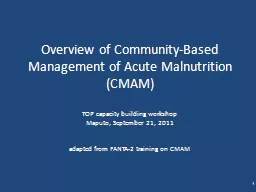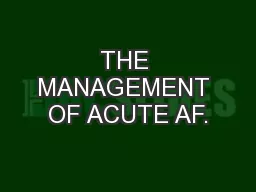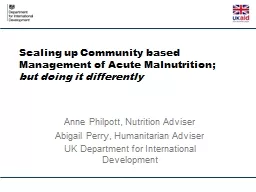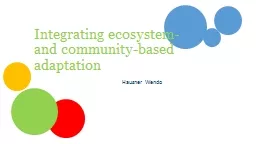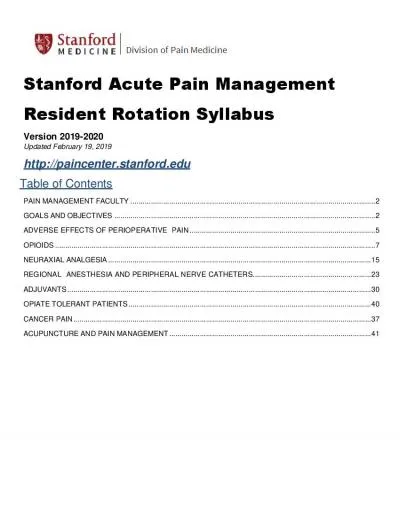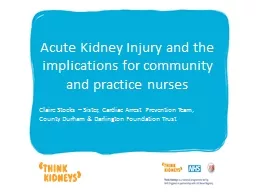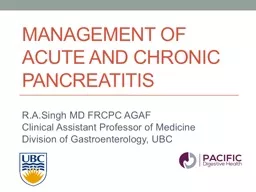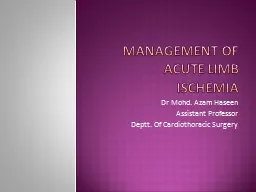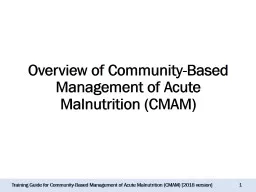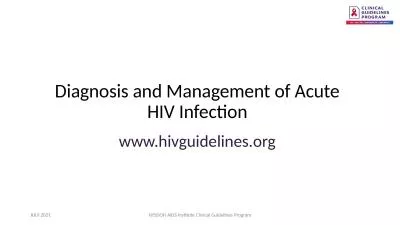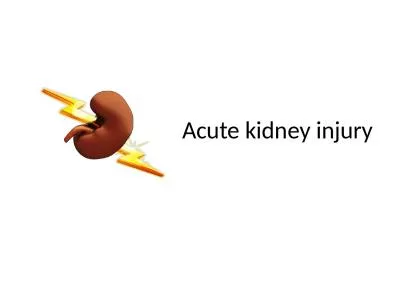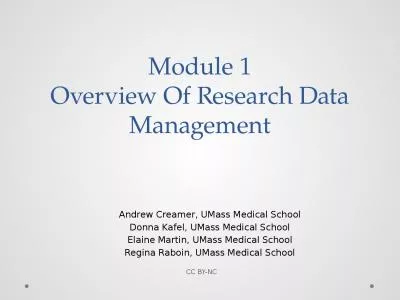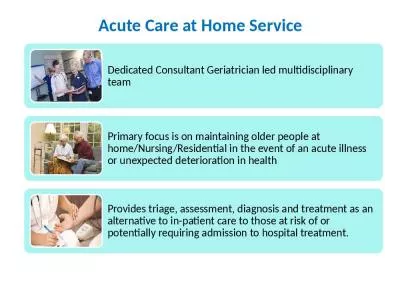PPT-Overview of Community-Based Management of Acute Malnutritio
Author : natalia-silvester | Published Date : 2017-09-24
TOP capacity building workshop Maputo September 21 2011 adapted from FANTA2 training on CMAM 1 Today we will Discuss acute malnutrition Describe recent innovations
Presentation Embed Code
Download Presentation
Download Presentation The PPT/PDF document "Overview of Community-Based Management o..." is the property of its rightful owner. Permission is granted to download and print the materials on this website for personal, non-commercial use only, and to display it on your personal computer provided you do not modify the materials and that you retain all copyright notices contained in the materials. By downloading content from our website, you accept the terms of this agreement.
Overview of Community-Based Management of Acute Malnutritio: Transcript
Download Rules Of Document
"Overview of Community-Based Management of Acute Malnutritio"The content belongs to its owner. You may download and print it for personal use, without modification, and keep all copyright notices. By downloading, you agree to these terms.
Related Documents

